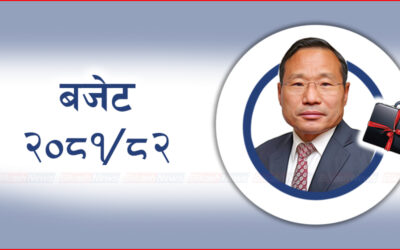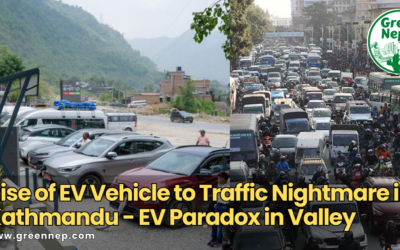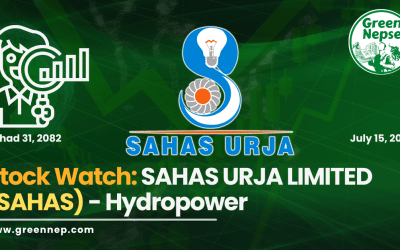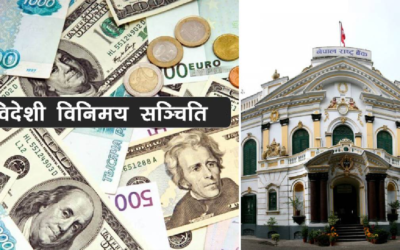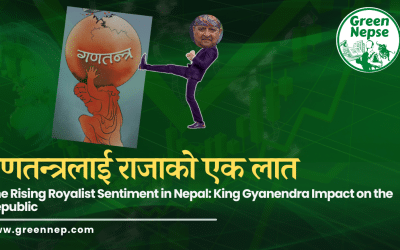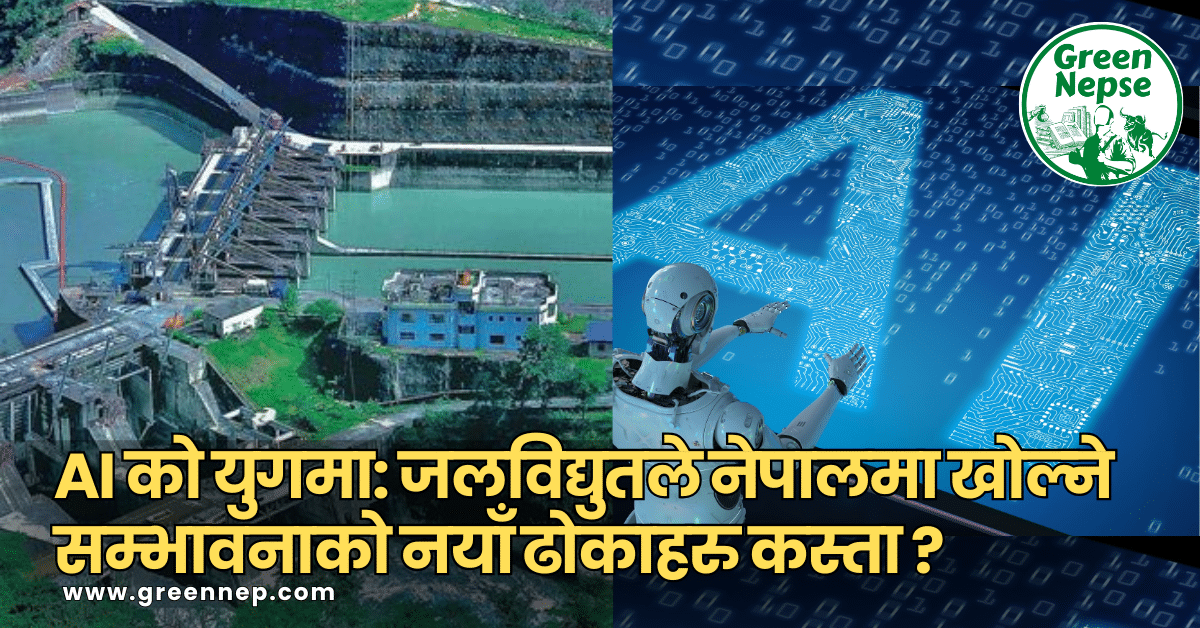Rise of EV Vehicle to Traffic Nightmare in Kathmandu – EV Paradox in Valley
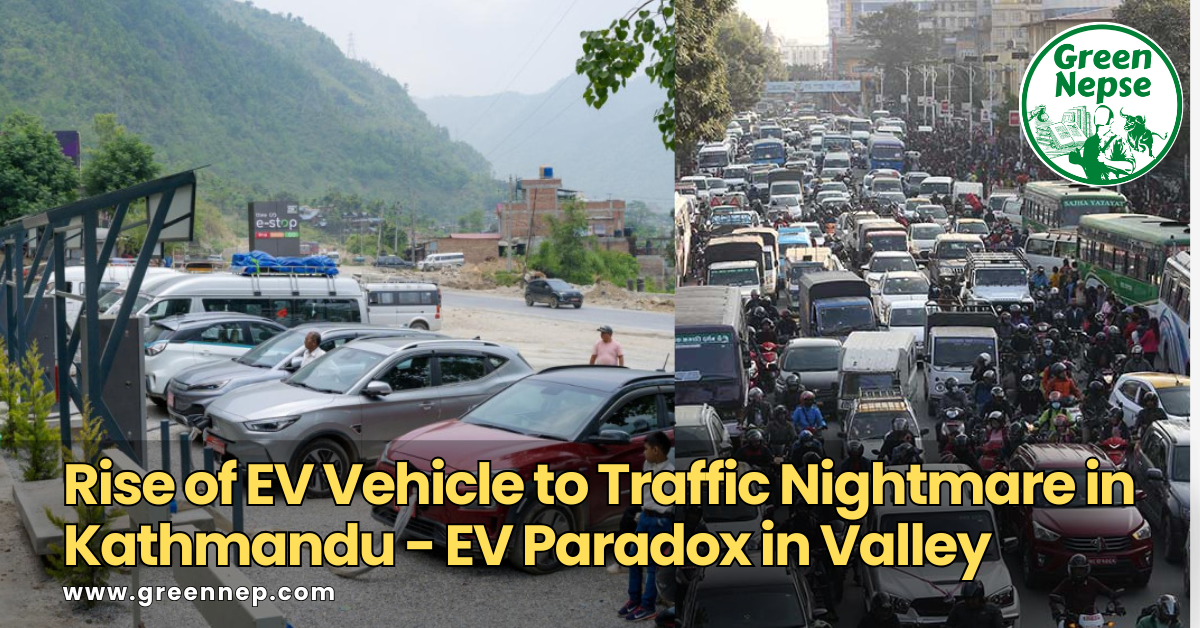
Kathmandu Valley, a bustling hub of culture, commerce, and history, is no stranger to the challenge of traffic congestion. Over the years, the city’s roadways have been struggling to accommodate the growing number of vehicles. With the exponential rise of electric vehicles (EVs) and increased affordability of cars through attractive financing options, the traffic situation could potentially escalate beyond our imagination if proactive measures aren’t taken.
The Rise of Electric Vehicles in Kathmandu
Electric vehicles are gaining popularity in Kathmandu and all over the Nepal, reduced operational costs, and heightened environmental awareness. Electric Vehicle, with their promise of zero emissions and lower running costs, have become a desirable choice for Most of the Nepali families and obviously to eco-conscious consumers. Sales figures over recent years indicate a steep growth trajectory, with EV registrations multiplying significantly.
While this shift to cleaner energy is commendable for reducing air pollution, the growing number of EVs could contribute to a denser traffic scenario. With reduced taxes and maintenance costs, more individuals are opting for EVs, further increasing the overall vehicle count in the valley.
According to the Customs Department, vehicles worth Rs 80 billion have been imported in the current fiscal year, of which EVs (cars, jeeps, vans) worth Rs 29 billion were imported. The government received revenue of Rs 13.6 billion from the import of electric vehicles.

Voice of EV traders
According to EV traders, the market is flooded with various Electric Vehicle models, features, and looks, and customers have options to select according to their needs. They said that EVs ranging from Rs 4 million to Rs 5.5 million have a large customer base, while high-priced EVs are also seeing good sales.
EV traders said that despite the market slowdown, the EV sector has not been affected.
Jyotindra Sharma, a cardiac surgeon who has been driving an EV, a 2019 KIA Niro, for four years, says he is glad to know he is helping reduce the smog that poses severe health hazards in the Kathmandu valley.
Affordable Financing Fuels Vehicle Growth
Car ownership has become more accessible due to attractive financing schemes offered by banks and financial institutions. Low-interest loans, extended repayment periods, and minimal down payments have made it easier for middle-income families to own vehicles.
However, this affordability comes at a cost to the city’s infrastructure. Roads, parking spaces, and traffic management systems are struggling to keep pace with the influx of vehicles.
Traffic: The Unseen Consequence
The combination of rising EV popularity and affordable car ownership is a double-edged sword. On the one hand, it signifies progress—modern technology, cleaner energy, and enhanced mobility for the city’s residents. On the other hand, it highlights a glaring challenge: traffic congestion.
Already, Kathmandu experiences bottlenecks during peak hours, with long queues of vehicles crawling through narrow streets. The increasing vehicle population will only worsen this problem unless swift actions are taken.
Mitigating the Traffic Challenge
To ensure that Kathmandu’s roads don’t become a daily nightmare for commuters, a multi-faceted approach is necessary:
- Public Transportation Upgrades:
Invest in eco-friendly and efficient public transportation options, such as electric buses or a metro rail system. Reliable public transit can reduce dependency on personal vehicles. - Infrastructure Development:
Expand and modernize road networks, including flyovers, underpasses, and dedicated lanes for public transport and EVs. - Traffic Management Systems:
Implement smart traffic solutions, such as synchronized signals, real-time monitoring, and apps for dynamic route management. - Carpooling and Shared Mobility:
Encourage carpooling and shared mobility platforms to minimize the number of vehicles on the road. - Stringent Parking Policies:
Introduce stricter parking regulations to discourage excessive vehicle use in congested areas. - Policy Interventions:
Consider policies like congestion pricing, where vehicles are charged for entering busy areas during peak hours.
A Balanced Road Ahead
Kathmandu Valley is at a crossroads. The exponential growth of EVs and affordable cars reflects a positive trend of economic growth and technological adoption. However, without proper planning and infrastructure upgrades, this progress could lead to an unsustainable traffic crisis.
Balancing the rise of EVs and affordability with smarter urban planning is essential for a thriving and sustainable future. By addressing these challenges today, Kathmandu can ensure smooth mobility and a better quality of life for its residents tomorrow.
What are your thoughts on managing traffic in Kathmandu Valley? Share your ideas and join the conversation!


